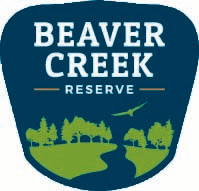 |
| Volunteers helping in the tagging process before monarchs start to migrate. |
Between two tagging periods on August 29 and September 4, 200 monarchs were tagged. Any monarchs still hanging around from the butterfly house will be tagged and released. If you're still seeing monarchs in the area they are moving south from farther north to stop and rest.
In our last post, we discussed, Raising Monarch that Migrate. Tagging is another way that we can track and protect the monarch population, with limited human interference. “It [tagging] provides insight into the habitats they use for reproduction, and allows researchers to associate the location of original capture with the point of recovery for each butterfly,” said BCR Naturalist, Jim Schwiebert. Data collected from the tagged butterflies provides information on migration patterns of returning butterflies, how weather influences these patterns and survival rates each year. The data collected at Beaver Creek is part of a larger effort to conduct research on this population.
 |
| A Painted Lady resting on naturalist, Jim Schwiebert’s, shoulder. |
 |
| Monarch with a tagged wing so BCR can track its migration to Mexico. |
After the warm winter they spend in Mexico, while the rest of us freeze in the Midwest, they start their journey northward in March. The generation of Monarchs that migrated will mate and lay eggs in southern states, until the end of their lives. The migrated Monarchs progeny will then move towards the Great Lakes region and will produce another generation. This third generation are the Monarchs seen in June and July, in time for another summer of Butterfly House fun here at Beaver Creak Reserve!

